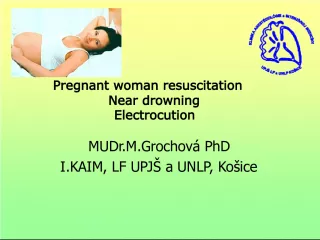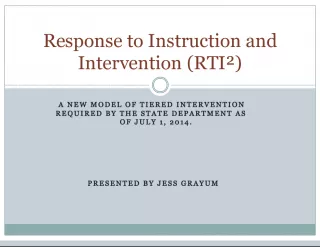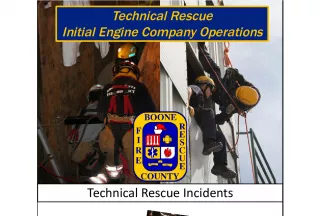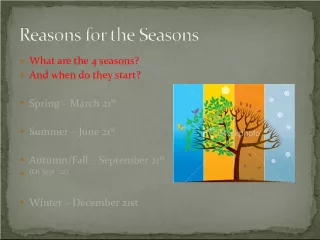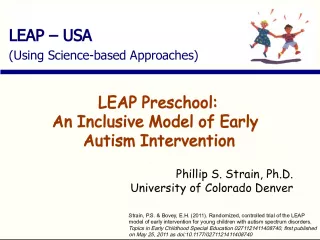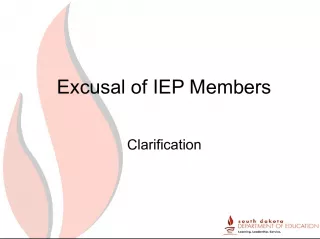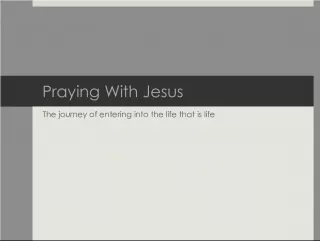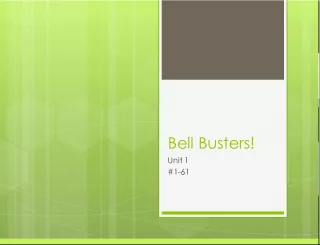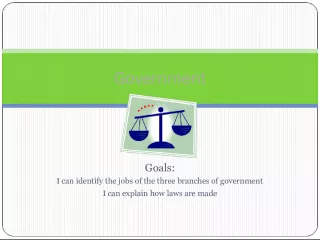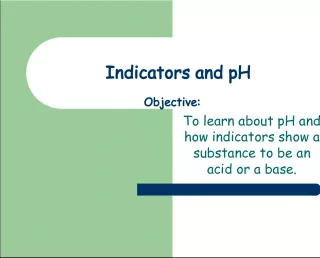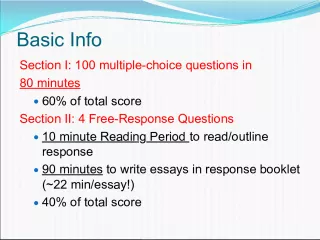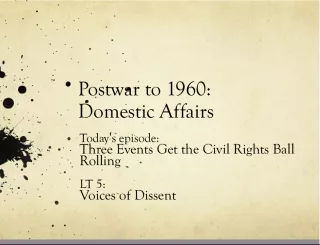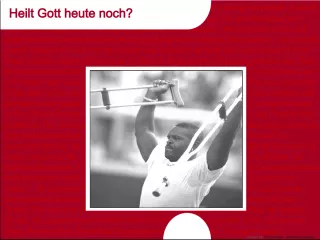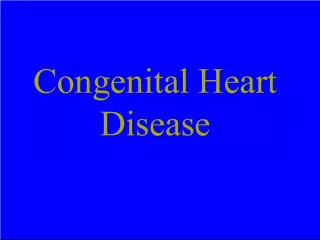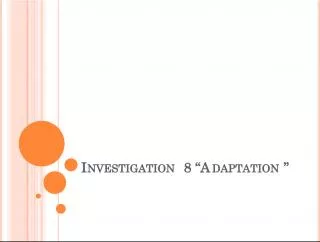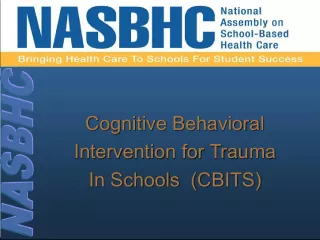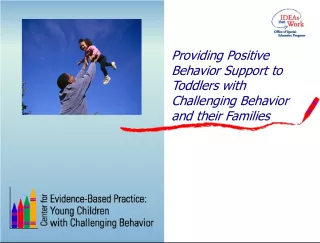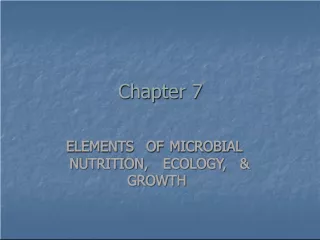When Not to Start CPR: Understanding When Cardiac Arrest Incidents Do Not Require Intervention
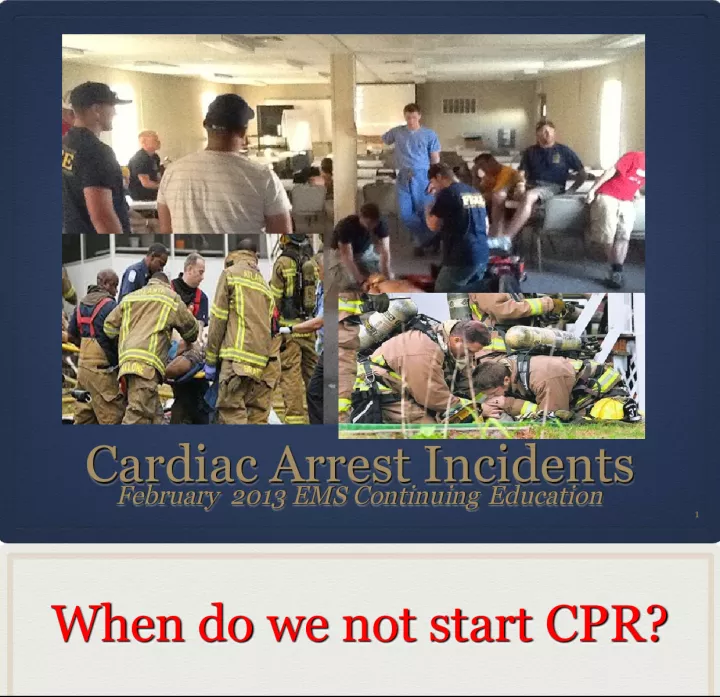

In this February 2013 EMS Continuing Education session, attendees will learn about situations in which starting CPR may not be appropriate for cardiac arrest patients
- Uploaded on | 1 Views
-
 loganwright
loganwright
About When Not to Start CPR: Understanding When Cardiac Arrest Incidents Do Not Require Intervention
PowerPoint presentation about 'When Not to Start CPR: Understanding When Cardiac Arrest Incidents Do Not Require Intervention'. This presentation describes the topic on In this February 2013 EMS Continuing Education session, attendees will learn about situations in which starting CPR may not be appropriate for cardiac arrest patients. The key topics included in this slideshow are . Download this presentation absolutely free.
Presentation Transcript
Slide1Cardiac Arrest Incidents Cardiac Arrest Incidents Cardiac Arrest Incidents Cardiac Arrest Incidents February 2013 EMS Continuing Education February 2013 EMS Continuing Education February 2013 EMS Continuing Education February 2013 EMS Continuing Education 1 1
Slide2When do we not start CPR? When do we not start CPR? When do we not start CPR? When do we not start CPR? • Patient with no pulse or respirations exhibiting Dependent Lividity and/or Rigor Mortis • Obvious Mortal Injuries • An approved "Do Not Resuscitate" order or signed "Living Will“ • ALS Units on the scene have assumed responsibility off patients care. 2
Slide3Patient with no pulse or respirations exhibiting Dependent Lividity and/or Rigor Mortis Patient with no pulse or respirations exhibiting Dependent Lividity and/or Rigor Mortis Patient with no pulse or respirations exhibiting Dependent Lividity and/or Rigor Mortis Patient with no pulse or respirations exhibiting Dependent Lividity and/or Rigor Mortis 3
Slide4Obviously Mortal Injuries Obviously Mortal Injuries Obviously Mortal Injuries Obviously Mortal Injuries 4
Slide5DNR or Living Will DNR or Living Will DNR or Living Will DNR or Living Will 5
Slide6Chain of survival consist of : Chain of survival consist of : Chain of survival consist of : Chain of survival consist of : 1. Immediate recognition of cardiac arrest and activate of emergency response system. 2. Early CPR that emphasizes chest compressions 3. Rapid defibrillation if indicated. 4. Effective advanced life support. 5. Integrated post-cardiac arrest care.
Slide71.Don your PPE. 2. Determine responsiveness and breathing 3. Call for HELP 4. Check for a pulse, if none present 5. Start Chest Compressions Sequence of events: Sequence of events: Sequence of events: Sequence of events:
Slide8Hand positioning for Compressions and Ratio Hand positioning for Compressions and Ratio Hand positioning for Compressions and Ratio Hand positioning for Compressions and Ratio 8 Rate: at least 100 per minute at least 100 per minute at least 100 per minute Depth: at least 2 inches at least 2 inches at least 1.5 inches Ratio: 30:2 with 1 or 2 rescuer 30:2 with 1 or 15:2 with 2 rescuer 30:2 with 1 or 15:2 with 2 rescuer Ages : ? To Puberty Puberty to 1 year 1 year to Birth
Slide9Open the Airway Open the Airway Open the Airway Open the Airway
Slide10VentilationsVentilations Ventilations Ventilations 10 Pocket Mask Bag-Valve -Mask Each breath should be 1 second in duration
Slide11Cardiac Science G3 Pro Cardiac Science G3 Pro Cardiac Science G3 Pro Cardiac Science G3 Pro 11
Slide12Cardiac Science G3 Pro Cardiac Science G3 Pro Cardiac Science G3 Pro Cardiac Science G3 Pro 1. Use as Soon as Possible!! 2. Turn it on by opening the lid. 3. Apply the pads to chest. 4. Stand back and let it analyze. 5. “STAND CLEAR” If shock advised press the red button. 6. Start CPR immediately after the shock is delivered.
Slide13Trauma Codes Trauma Codes Trauma Codes Trauma Codes Are we as BLS responders going to treat the trauma arrest patient any differently? NO! They Need CPR The need no delay in getting to the Trauma center
Slide14After the Cardiac Arrest After the Cardiac Arrest After the Cardiac Arrest After the Cardiac Arrest 1. Ensure the patient and their family are cared for. 2. Ensure all sharps and bio waste are properly disposed of. 3. IF a coroner is to be requested that must be done by Law Enforcement 4. Plug in a new set of pads in the AED and ensure it is “Rescue Ready”. Put it back in service, download will occur later. 5. Ensure EMS Bag is restocked and operationally ready. 6. Notify the Duty Chief that the AED has be deployed on a cardiac arrest patient. They will facilitate getting the data downloaded.
Slide15QUESTIONS??QUESTIONS?? QUESTIONS?? QUESTIONS?? Then Let’s Play!
